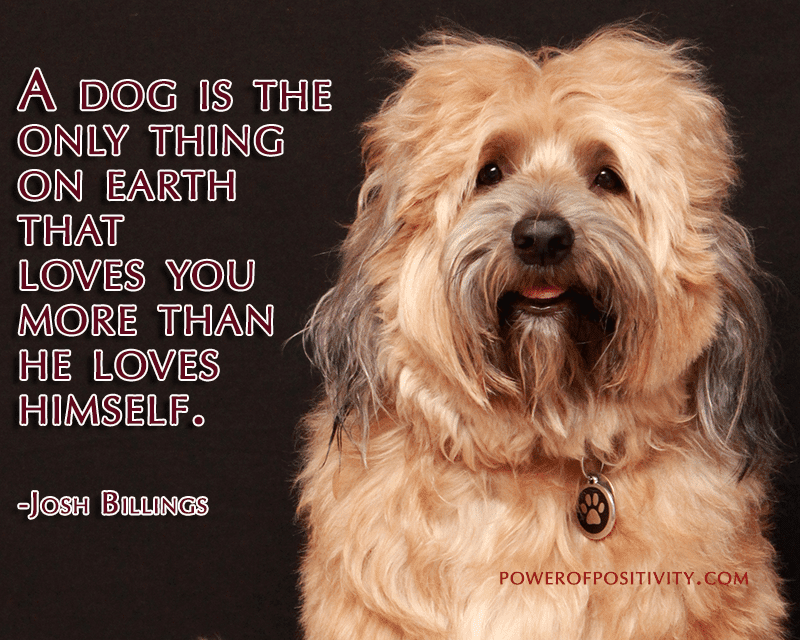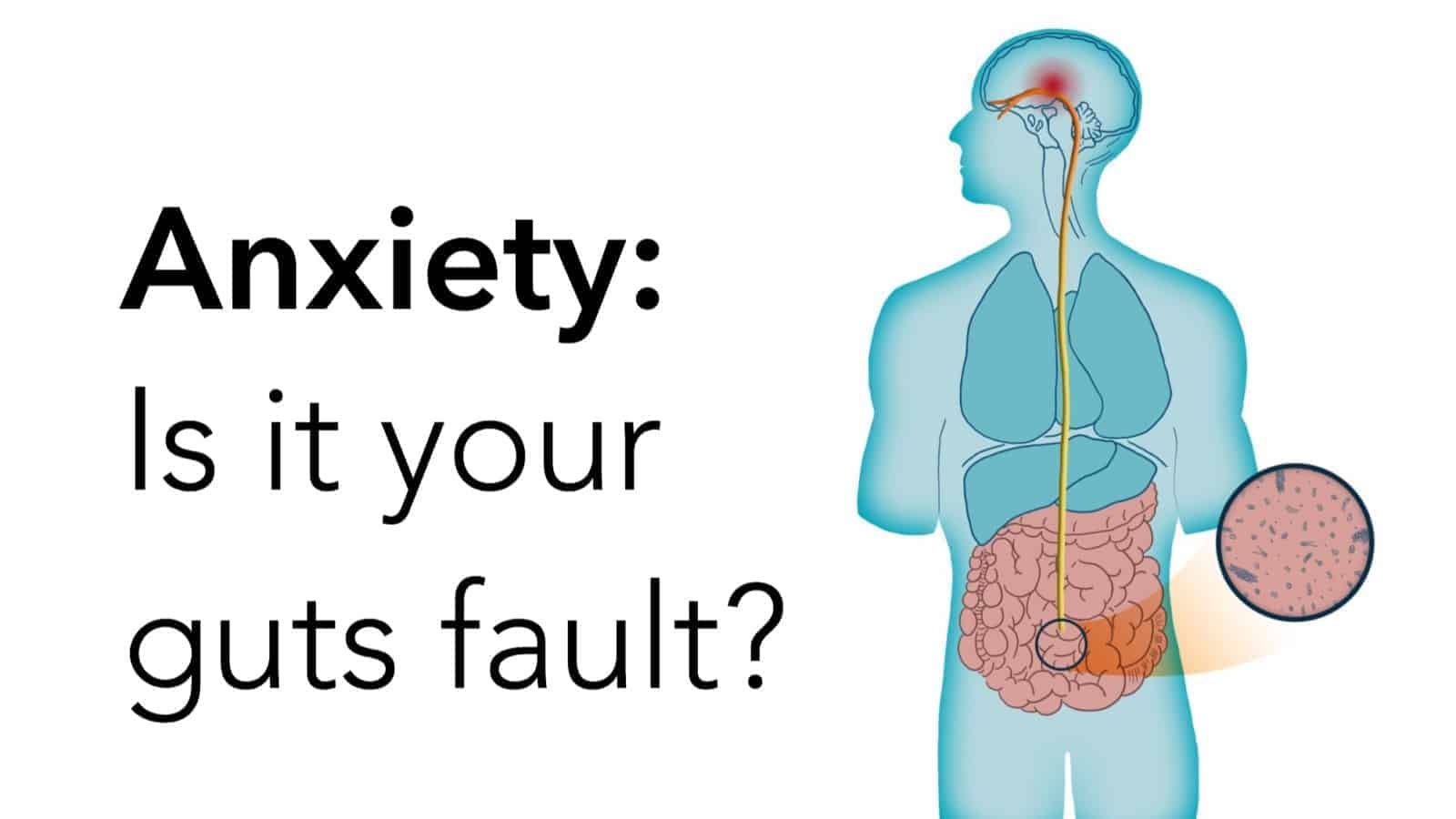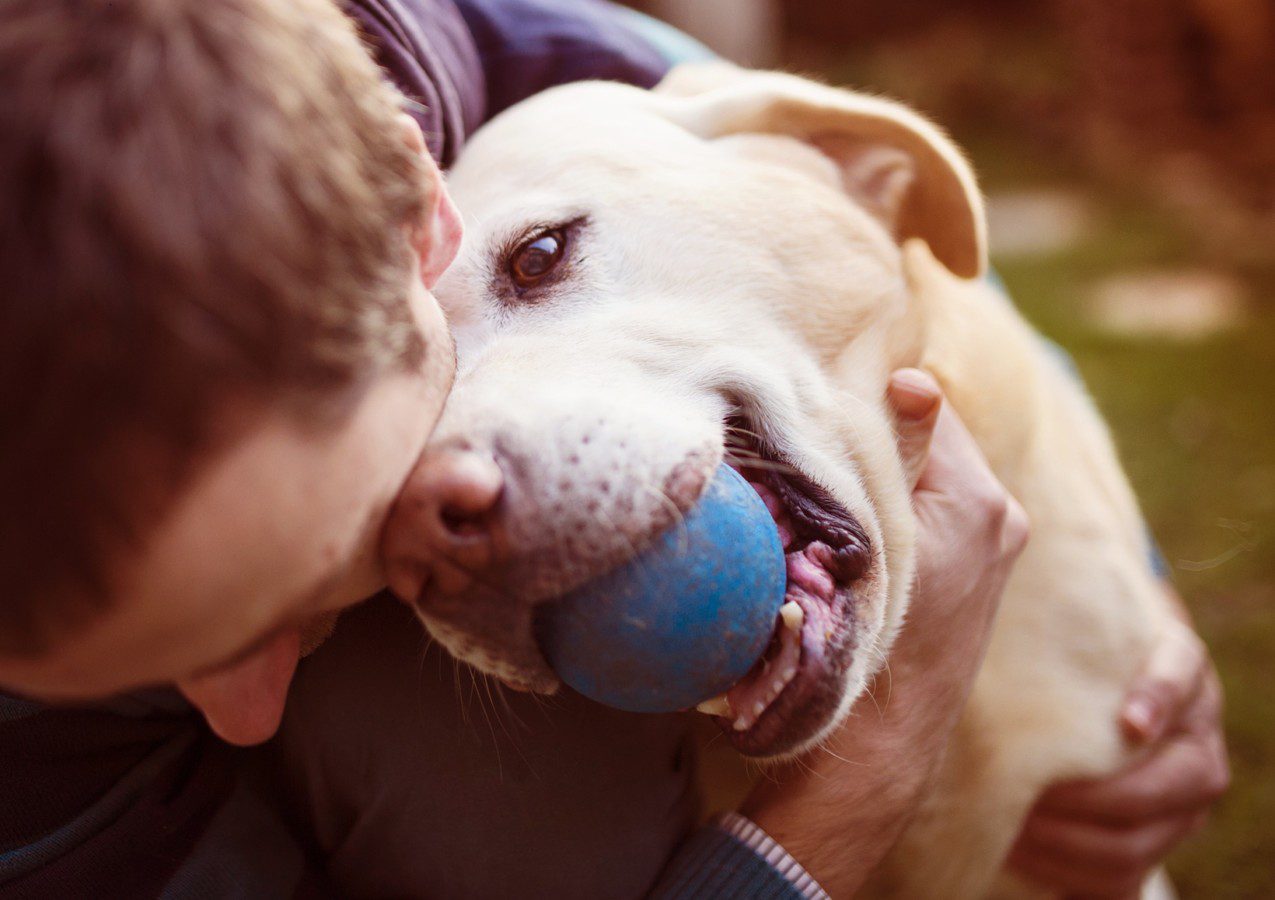Many of us consider our pets as our best friends, or even a part of our families. We couldn’t imagine life without them. To ensure that they stay healthy, we need to take them to the pet services clinic regularly as well as give them at-home check-ups. Sometimes, a pet illness or disease can present with no symptoms at all, which proves the importance of keeping on top of our pets’ health.
According to The American Society for the Prevention of Cruelty to Animals, common diseases in dogs include cancer, diabetes, ringworm, heartworm, and rabies. Common illnesses in cats include vomiting, urinary tract infections, fleas, tapeworms, and diarrhea.
Even though some diseases don’t have symptoms, you can still rule out certain pet illness by doing at-home check-ups. Knowing the signs to look out for in your pet can help you keep your furry friend healthy, strong, and happy.
Here are 5 signs of a pet illness to never ignore:
-
An abnormal temperature.
To do this at home, you can buy a thermometer that you insert into your pet’s ear or rectum. Either way, make sure you insert it gently and carefully.
The typical temperature for cats is 100° F – 102.5° F (37.7° C – 39.1° C). For dogs, the average temperature is 101° F (38° C). If their temperature reads one or two degrees higher or lower, it’s no cause for alarm.
-
A fast or slow resting heart rate.
To do this at home, you’ll just need your hand and a stop watch, smartphone, or watch.
- To calculate your cats’ heart rate, put one hand on your cat’s chest behind their elbows. Count the beats for 15 seconds and multiply this number by four. Alternatively, you can place two fingers on the inside of the groin and feel their pulse here. A cat’s average heart rate is 140-220 beats per minute.
- To measure a dog’s heart rate, put your palm on his chest. A normal heart rate for dogs is 70 to 120 beats per minute, depending on how big or small he is.
-
Eye problems.
Eye problems account for the majority of visits to the vet; however, cats don’t typically have as many eye problems as dogs since they normally live indoors. For outdoor cats, though, they have a higher risk of developing an eye disease. Eye infections and diseases vary in severity and include things such as conjunctivitis, cataracts, glaucoma, and blindness.
In general, you’ll want to clean your pets’ eyes regularly and remove dirt and dust. If you notice redness or inflammation, you may want to take them to the vet to rule out anything serious.
-
Irritation or scratches on the ears.
If you notice your pet scratching his or her ears often, mites could be the problem. Mites are parasites that can live on the skin and ears of your pet and cause irritation, hair loss, and dry skin. Look out for the following in your pets’ ears:
- Pain in any part of the ears
- A foul odor
- Inflamed skin
- Lumps or bumps
- Movement in the ears
- Wax buildup
-
Bleeding or irritation of the paws.
Dogs and cats use their paws and claws every day, so ensuring their health is vitally important. Common signs your dog or cat is in pain is if they are limping, excessively licking the feet, or bleeding.
For mild abrasions, home care includes rinsing the infected foot under cold water to remove any debris and putting an antibacterial cream such as Neosporin on the wound. Then, put a non-stick telfa pad on the foot pad and wrap with vet wrap or an ace bandage. The bandage should be changed daily and kept clean and dry until the wound has healed.
Other signs of pet illness:
- Teeth: Your pet’s teeth need upkeep just as much as the other parts of their body. Your vet should check them at least once per year for problems such as bad breath, loose or broken teeth, excessive chewing or drooling, decrease in appetite or refusal to eat, and bleeding or pain in and around the mouth. Your vet may even recommend a pet oral surgery if he/she discovers an oral disease.
- Weight: Just like humans, dogs and cats can become obese if they don’t have enough exercise and eat too much food. They can also become malnourished and underweight if they exercise too much and don’t eat properly. Make sure you monitor your cat or dog’s weight and take them to the vet regularly for a proper assessment.
- Behavior: Dogs and cats can suffer from mood problems just like humans. If you notice anxiety, aggression, depression, or other abnormal moods and behaviors, you might need to enroll your animal in behavior classes or investigate alternative treatments. For dogs, getting a trainer is another viable option.
- Potty habits: If you notice changes in your animal’s bathroom habits, it could point to a gastrointestinal infection, parasite, or even a urinary tract infection.
- Sleep: If a dog or cats sleeps too much or too little, it could point to stress, lack of exercise, diabetes, or thyroid problems.
Preventative care for your pet
In order to prevent any disease or pet illness, your pet needs a proper vet check-up at least once a year. During the appointment, the vet will make sure that your pets’ vaccinations are up-to-date and examine any abnormalities in their weight and behavior. The vet will also look over your pets’ fur, teeth, eyes, and other parts of their body to make sure everything looks normal and healthy.
If your dog or cat does has a pet illness that needs treatment, getting him or her to the vet early on will minimize the costs of treatment as well as increase the chances of a long life for your beloved animal. At the check-up, you can also address any concerns about your pet’s weight, behavior, diet, or anything else that you might want to talk about.
As far as what you can do at home for your pet, here are some helpful tips to keep your animal healthy and happy:
– Give him or her enough exercise.
Diabetes, heart disease, and obesity are just some of the diseases that an animal can get if he’s not given proper exercise. While cats have an evolutionary advantage of having a higher metabolism even while lounging around, they still need playtime throughout the day. Scratching posts and cat trees are great ways for your cat to get exercise. Make sure they get at least 30 minutes of playtime per day.
Unlike cats, dogs need a bit more exercise and need to be taken outside for walks. You should aim for 1-2 hours of exercise daily for your dog depending on its age, size, and breed. Dogs of the hunting, working, or herding breeds will need the most exercise. If you notice your dog turning to destructive behaviors in your house, such as tearing up furniture or barking excessively, he or she is likely frustrated or bored and needs more exercise.
– Feed your animal healthy foods.
In general, feed your animal according to its needs. For example, cats are carnivores, so you wouldn’t feed it solely fruits and vegetables. Make sure the cat food you buy includes all the essential nutrients that cats need, and if you give it fresh meat, opt for higher-fat cuts like steak, chicken thighs, etc.
Dogs can have a little more variety in their diets, but you may want to consult your vet to get the specifics. In general, dogs can eat meats, cheeses in moderation, some vegetables and fruits, and fish such as salmon.
– Groom your pet.
In general, cats probably don’t need anything other than an occasional brushing to get rid of stray hairs. Since they groom themselves, they really don’t need baths. You should keep their nails trimmed, though.
Dogs need a little more maintenance, especially if they go outside often. You’ll need to bathe them once or twice a month, and if they shed a lot, buy a deshedding shampoo and conditioner to get rid of excess hair. Brush them at least once a week (for especially fluffy dogs, you may need to brush them a few times per week). Brush your dog’s teeth with specially made dog toothpaste and trim their nails regularly. Use ear cleaning solution if you think your dog might have mites, and check their fur and ears often for any abnormalities.
– Give them love and attention.
Of course, you don’t want to reward bad behavior by giving affection at the wrong times, but if your dog or cat behaves well, they deserve your love. Your furry friend needs you as much as you need them, so make sure you shower them with plenty of attention and affection! When you give them enough attention you will notice more easily if a pet illness shows up.
Final thoughts
Having an animal is a privilege, as not everyone can have a dog or cat due to allergies or a busy schedule. If you do have a furry friend in your life, make sure you follow the above tips to ensure your dog or cat stays healthy, happy, and disease-free.








